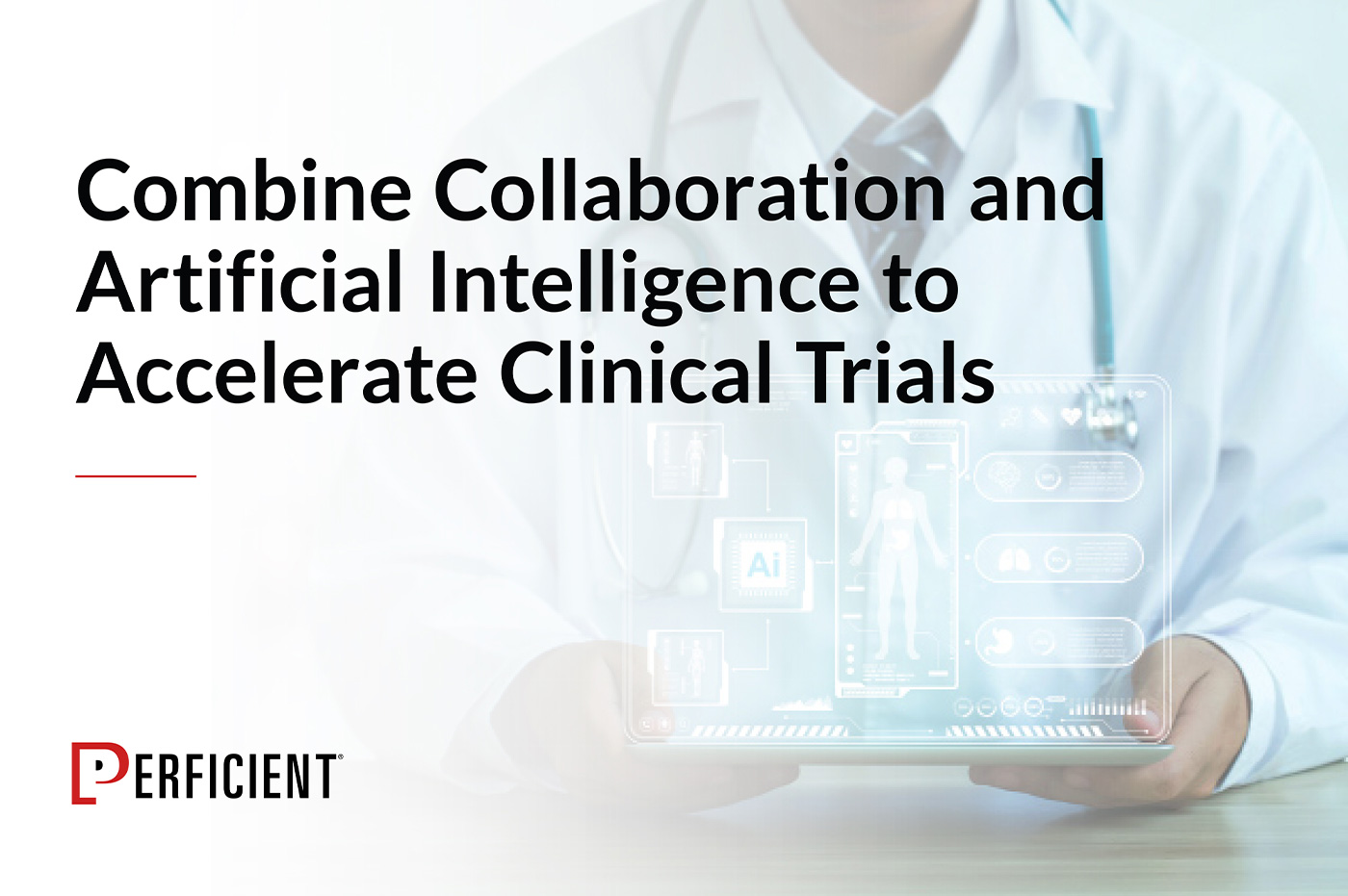
Throughout 2015, we should continue to see life sciences companies investing in technology to reduce drug and device development costs and time, and more importantly, to improve the safety and efficacy of their products. It’s no longer a choice, but rather a matter of time: life sciences companies need to upgrade their IT solutions or adopt new ones altogether in order to keep pace with the industry.
Trend #1: IT Investments for Newly Public Companies
In 2014, more than 75 life sciences start-ups joined the stock market with their IPOs. With this influx of cash, these newly public companies are now looking to implement the IT systems they need in order to effectively compete and comply with industry regulations. We are here to help them gather requirements, evaluate options, and implement – as well as host and support – all of their clinical and safety systems.
Trend #2: IT Systems Consolidation for M&A Companies
M&A activity in the life sciences industry was impressive in 2014 with over $250bn in deals, and 2015 promises to be an even more active year. The side effects (pun intended!) of all of this activity includes significant IT systems consolidation. We expect these organizations to need a great deal of support evaluating existing systems to determine the right combination for moving forward, after which they will need support with data migrations, system integrations, and system decommissioning. These are all areas of expertise for us.
Trend #3: Data Warehousing and Analytics
Personalized medicine has been a hot topic among companies in the space. Getting the right treatment to the right person saves lives and money. For example, while one drug can help one cancer patient, it may not do anything for another with the same disease. Understanding the relationship between drugs and patients better can help companies develop and target therapies faster with better outcomes.
To enable personalized medicine, companies will continue to increase their investments in warehousing and analytics solutions to better understand the vast amount of data in a multitude of clinical, health, and operational systems across their companies. While organizations have this (big) data, they need to bring it all together and make sense of it. We have a team dedicated of experts doing exactly that.
Trend #4: Building Trust in the Cloud
While we’ve been hearing about the “cloud” for a long time know, convincing life sciences companies to adopt this implementation model is still a top priority. As with most industries, companies are in fact feeling more comfortable with the cloud than ever before, but due to “old ways,” as well as industry compliance and regulatory concerns, biopharma, medical device, and research organizations have been slower to adopt cloud solutions. Hosting clinical and safety systems in the cloud will continue to be a focus for us in 2015.
Trend #5: IT Systems Integration
Clinical and safety system integration will remain a key trend. Life sciences companies are continuously looking to boost productivity and streamline operations by getting systems to talk to each other. The idea is to reduce the amount of manual intervention and automate as much as possible. This results in time and cost savings.
Trend #6: Safety Signal Management
Proactively predicting potential adverse events before and after a drug or device goes on the market is on every company’s mind. Neglecting this activity can send a financial blow to companies and even prove deadly to patients. Over the next year, we expect to see the adoption of signal management applications to increase.
